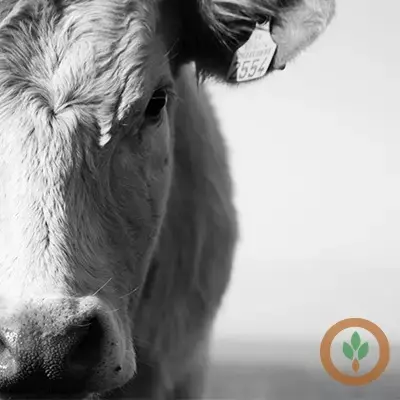In the world of market news, cattle futures are showing an upward trend ahead of Friday's On Feed report. At the Chicago Mercantile Exchange, live and feeder cattle prices witnessed significant hikes. December live cattle closed $2.47 higher at $186.57, while February live cattle closed $2.02 higher at $188. January feeder cattle closed $2.50 higher at $252, and March feeder cattle closed $2.62 higher at $251.25.
Direct Cash Cattle Trade Activity
Typically, Tuesday saw a quiet direct cash cattle trade. In the South, asking prices started to surface around $187 to $188 for live cattle, while no significant deals were established in the North. Bids remained elusive, and a substantial trade volume is not expected until Thursday or Friday.At the Callaway Livestock Center in Missouri, different weight ranges of steers and heifers had varying trends. Steers weighing 450 to 500 pounds were steady to $8 lower on comparable weights. Steers from 500 to 600 pounds were firm to $5 higher. Steers in the 600 to 650-pound range were firm to $7 higher, and those over 650 pounds sold with a higher undertone. Feeder heifers in the 400 to 600-pound range were mostly steady on comparable sales, and those over 600 pounds sold with a higher undertone. The USDA reported a good offering of quality steers, and the market was active with receipts up on both the week and the year. Feeder supply consisted of 55% steers and 52% of the offering was over 600 pounds. Medium and Large 1 feeder steers weighing 601 to 643 pounds brought $270 to $288.50, and feeder steers at 874 pounds brought $264. Medium and Large 1 feeder heifers weighing 556 to 586 pounds brought $259 to $268, and feeder heifers at 689 pounds brought $263.75.Boxed Beef Market
Boxed beef closed with a mixed trend, facing light to moderate demand for solid offerings. Choice beef closed $1.51 higher at $308.79, while Select closed $3.54 lower at $271.91. The Choice/Select spread is $36.88. Estimated cattle slaughter was 126,000 head, which is 5,000 higher than the previous week but still down more than 1,000 from the year ago.Lean Hog Futures and Cash Market
Lean hog futures ended mostly lower due to cash and wholesale pressure. December lean hogs closed $.47 lower at $79.55, and February lean hogs closed $0.40 lower at $82.87. Cash hogs closed lower with a moderate negotiated run. Processors were able to move the required numbers on Tuesday without having to be overly aggressive in their procurement. Demand for U.S. pork on the global market remains strong, supporting the market. However, there is some concern about the inconsistency in domestic demand. The industry is closely monitoring the availability of market-ready hogs as there is a worry that supplies may not be as abundant as initially thought. At the National Daily Direct, barrows and gilts were $.83 lower, with a base range of $77 to $86 and a weighted average of $82.49. No comparison was available at the Iowa/Minnesota or the Western Corn Belt, but the weighted averages were $83.57 and $82.98 respectively. Prices at the Eastern Corn Belt were not reported due to confidentiality. At Illinois, slaughter sow prices were lower by $1 with moderate demand for heavy offerings at $50 to $61. Barrows and gilts were steady with moderate demand for moderate offerings at $47 to $57. Boars ranged from $20 to $30 and $15 to $25. Pork values closed lower by $2.39 at $94.68. Picnics, bellies, and loins were all sharply lower, but butts were weak, and hams and ribs were higher. Estimated hog slaughter was 489,000 head, which is unchanged from the previous week and down less than 500 from the year ago.
